Golf, often dubbed as a sport of patience and precision, comes down to the fine line of putting. If you’ve ever played a round of golf, you know that sinking a putt can mean the difference between joy and frustration. So how do you ensure that your putts are consistent and accurate? This guide will take you through everything you need to know about putting, with a focus on techniques, tips, and common pitfalls to avoid.
Why Is Putting Important?
Putting is regarded as the most crucial part of the game. Statistics show that about 40% of your strokes in a round come from the putting green. Mastering your putting skills can drastically improve your overall game and lower your scores. Let’s break down how to putt effectively.
 Golfer putting on the green
Golfer putting on the green
The Basics of Putting
1. Grip Your Putter Correctly
Your grip is your first point of contact with your putter. A correct grip can enhance control and consistency.
- Using the Palm Grip: Hold the putter using your palms, allowing your fingers to wrap around the handle.
- The Reverse Overlap Grip: Use your left hand to grip the putter firmly while letting your right pinky finger rest on top of your left index finger.
2. Stance and Alignment
Your stance should be comfortable yet stable:
- Feet Position: Keep your feet shoulder-width apart.
- Ball Position: Place the ball just inside your left heel.
- Alignment: Your shoulders, hips, and feet should be aligned with your target line.
3. Finding the Right Stroke
The putting stroke consists of three main components: backswing, impact, and follow-through:
- Backswing: Keep your arms straight and hinge your wrists slightly.
- Impact: Make sure to hit the ball with the sweet spot of the putter.
- Follow-through: Finish your stroke towards your target line.
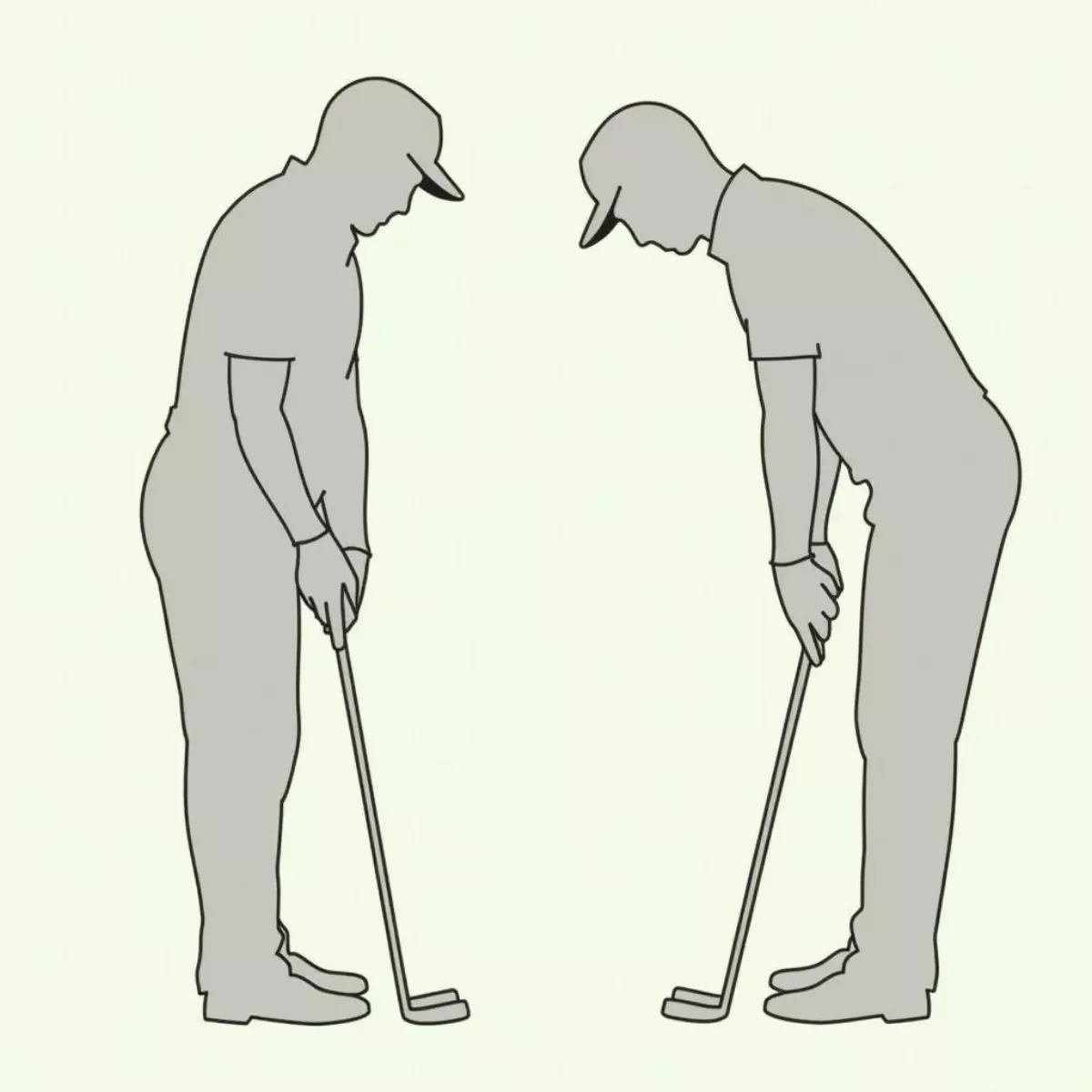 Golf putting grips
Golf putting grips
Key Techniques to Enhance Your Putting
1. Use a Consistent Routine
Developing a pre-shot routine can enhance focus. Your routine can include:
- Visualizing the line of the putt
- Taking practice strokes
- Focusing on your target
2. Reading the Green
Understanding how to read the green is critical for successful putting. Pay attention to:
- Slope
- Grain
- The speed of the green
3. Practice Distance Control
Distance control is vital for getting the ball close to the hole. Use drills like:
- The Ladder Drill: Place tees at different distances and practice sinking putts from each tee.
- The Clock Drill: Place balls around the hole at equal distances and make short putts in succession.
4. Focus on the Speed of Your Putt
A putt that is too hard will miss the hole, while one that is too soft won’t make it. Practice consistently varying your tempo while practicing.
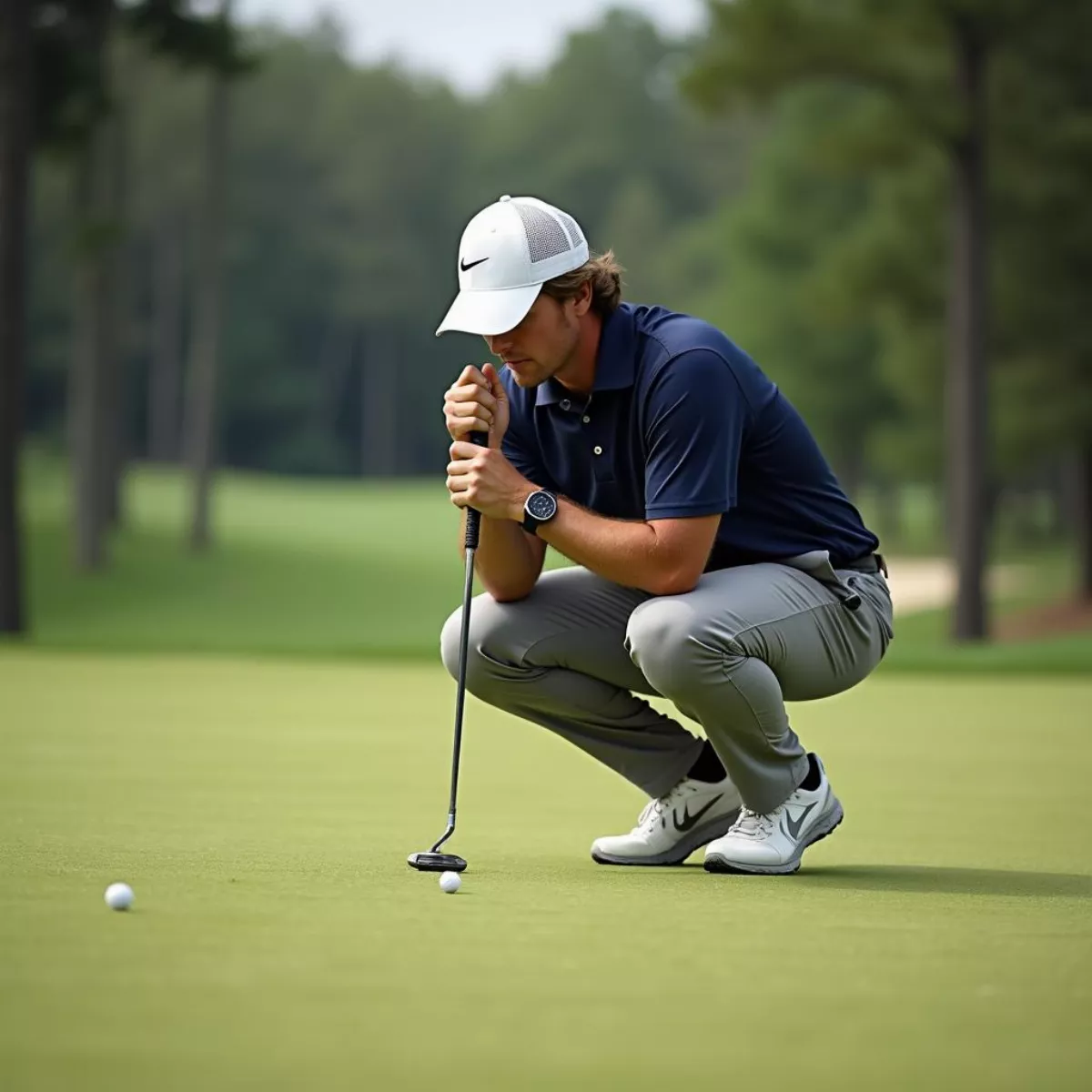 Reading the green
Reading the green
Common Mistakes to Avoid
- Poor Posture: Standing too stiff or hunched over can affect your stroke.
- Overthinking: Sometimes, putting is about trusting your instincts.
- Inconsistent Practice: Regular practice is crucial for improvement.
Putting Drills to Improve Your Game
Here are some effective drills that you can practice to refine your putting skills:
| Drill Name | Description |
|---|---|
| The Gate Drill | Create a gate with two tees, practice putting through them. |
| The 5-Feet Challenge | Place five balls at a distance of 5 feet from the hole and see how many you can make. |
| The 3-Putt Drill | Set up a routine where you intentionally putt from 30, 15, and 5 feet away and track your makes versus misses. |
Gear and Equipment
Choosing the Right Putter
Investing in the right putter can enhance your performance. Here’s what to consider:
- Putter Type: Blade vs. Mallet
- Length: Choose a length that allows for comfortable alignment.
- Grip Style: Different grips serve different putting styles.
Golf Balls Matter
The type of golf ball you use impacts your putting. Look for balls that provide good feel and control on the greens.
 Types of golf putters
Types of golf putters
Key Takeaways
- Grip and stance are crucial; practice consistently for improvement.
- Develop a pre-shot routine and learn to read the green effectively.
- Regular practicing with drills can significantly enhance your skills.
- Invest in quality gear that complements your putting style.
FAQs
1. How can I improve my putting accuracy?
Focus on your grip, stance, and alignment. Regular practice and learning to read greens will also improve accuracy.
2. What is the best way to practice putting at home?
Consider using a putting mat. You can also use cups or designated targets to create a mini putting green.
3. How often should I practice my putting?
Aim for at least 20-30 minutes a couple of times a week to see improvements.
4. Should my putt be firm or soft?
It depends on the distance. Longer putts usually require a firmer stroke, while shorter ones can be softer.
5. What type of putt is best for beginners?
A mallet putter is generally more forgiving and easier to align, making it a good choice for beginners.
6. Can I use my driver technique for putting?
While some aspects overlap, putting requires a more delicate touch and a focus on speed and line.
7. How important is reading the green?
Reading the green is essential to understanding slopes and contours, which is necessary for accurate putting.
8. Any tips for managing pressure when putting?
Practice mindfulness or visualization techniques to handle pressure better when you’re on the course.
By incorporating these techniques and committing to regular practice, you’ll find yourself mastering the art of putting in no time. Whether you’re a seasoned golfer or just starting out, every little bit of improvement can make your time on the course much more enjoyable and rewarding. Good luck, and remember: practice makes perfect!

 Friday Night Lights TV Show Poster
Friday Night Lights TV Show Poster Friday Night Lights Movie vs Show
Friday Night Lights Movie vs Show
 Golfer Practicing Bunker Shot
Golfer Practicing Bunker Shot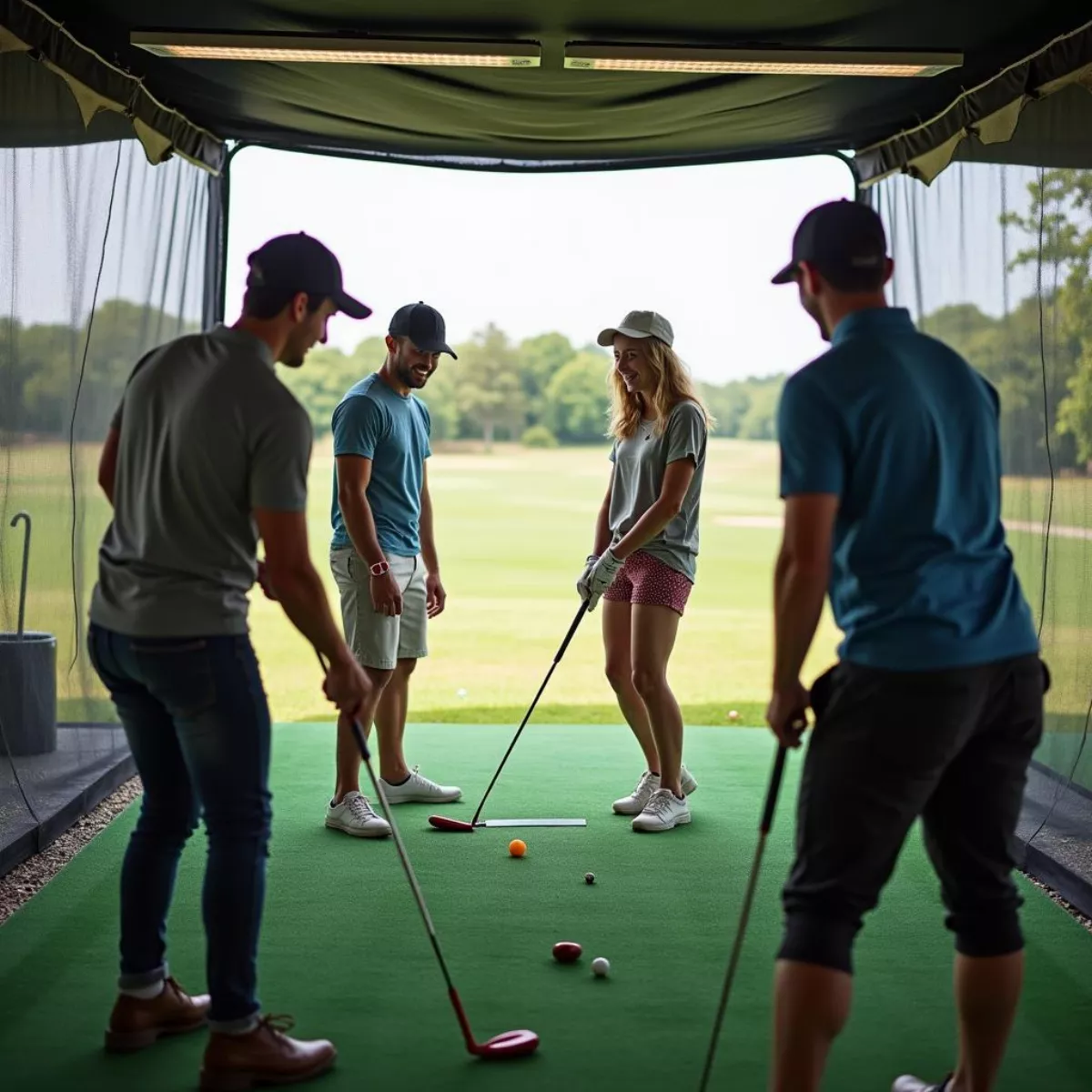 Friends Enjoying Golf Game at Driving Range
Friends Enjoying Golf Game at Driving Range
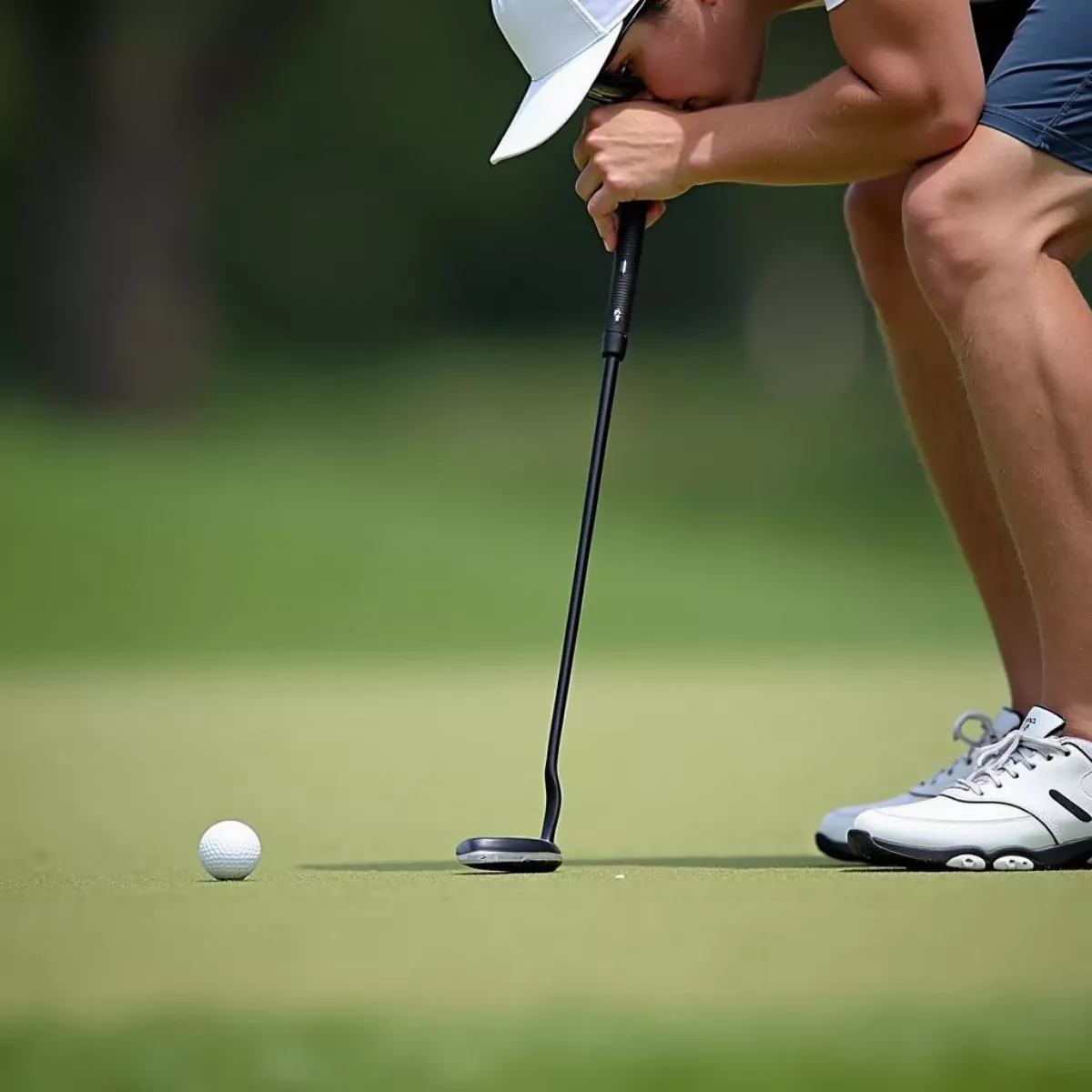 Golfer Lining Up A Putt
Golfer Lining Up A Putt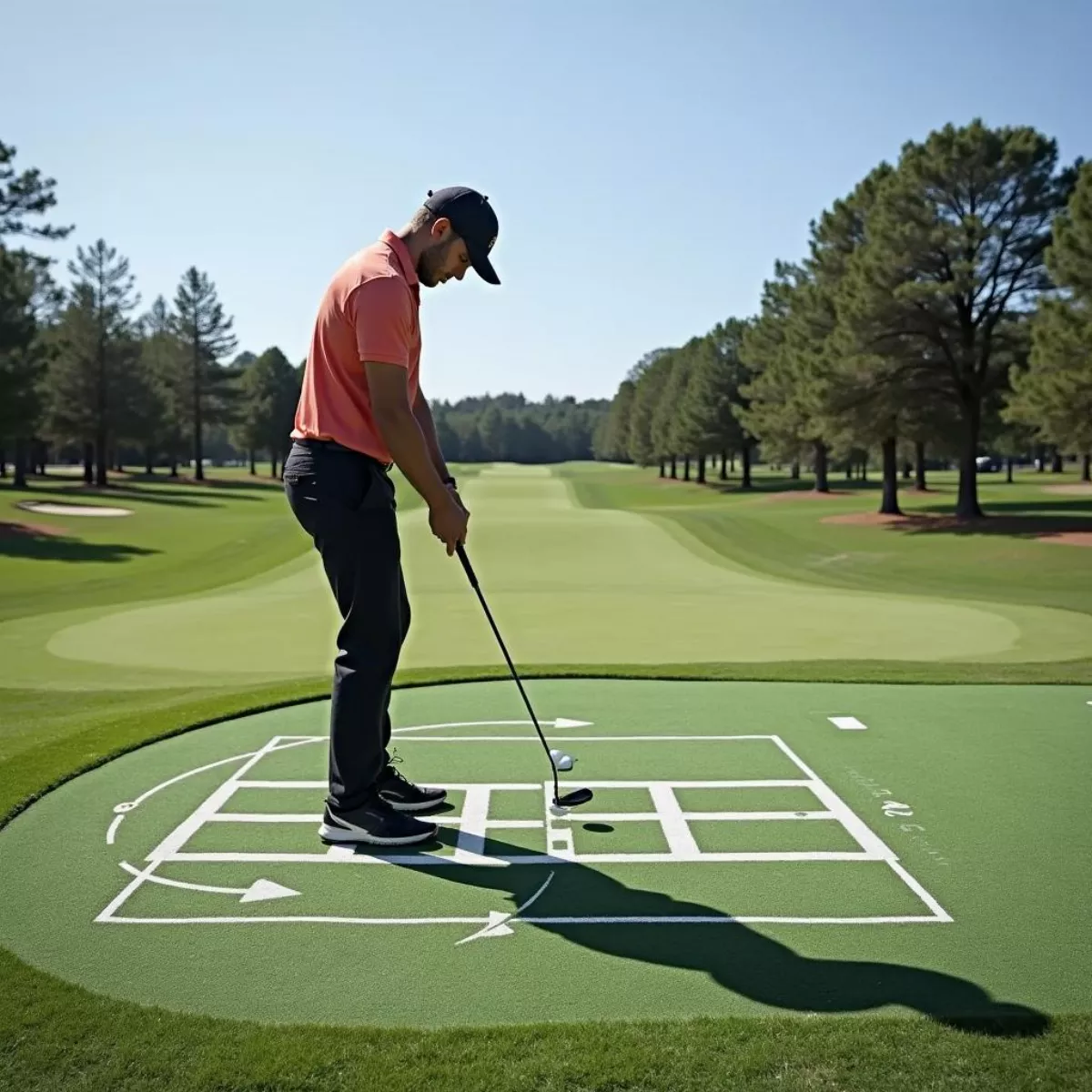 Golfer Practicing Putting Drills
Golfer Practicing Putting Drills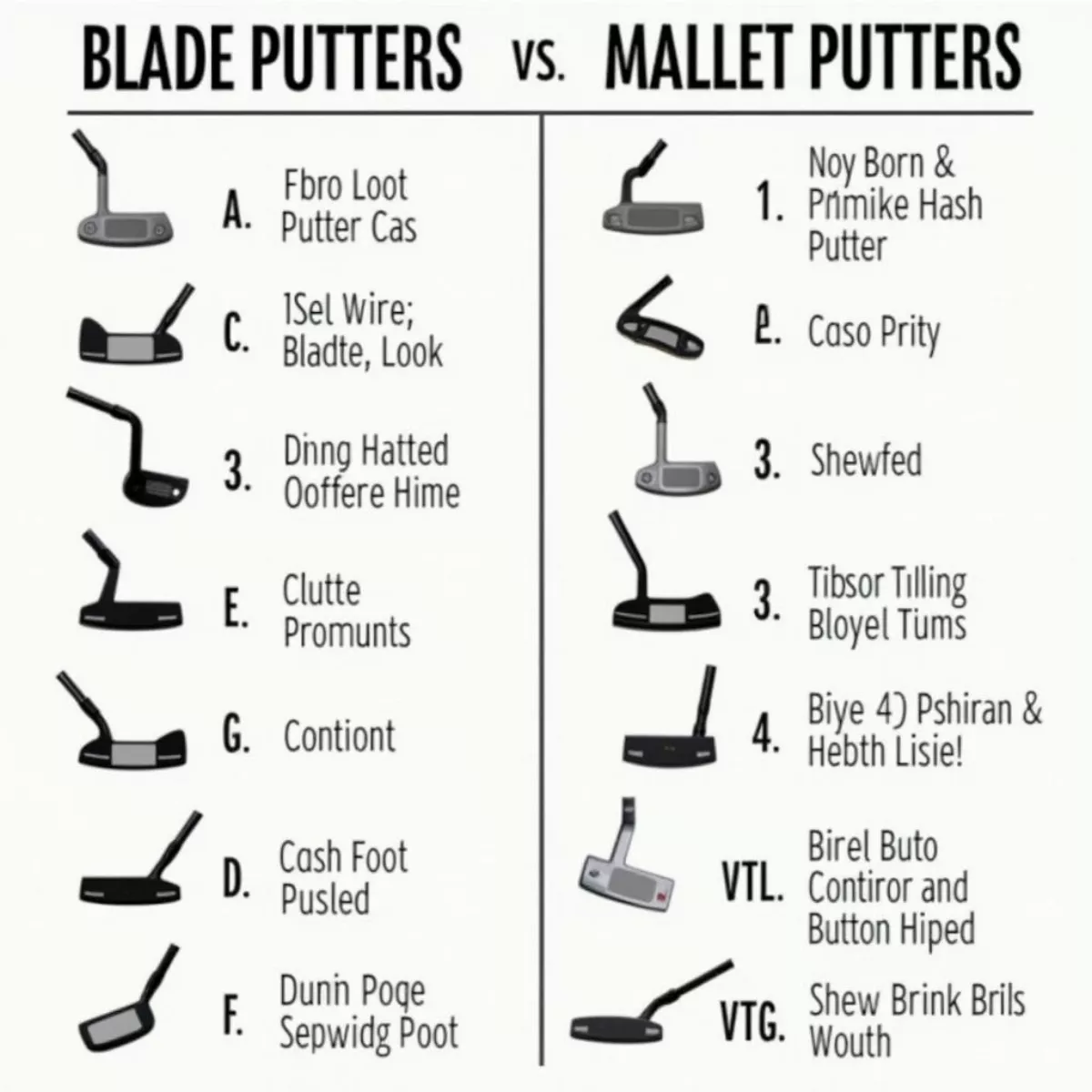 Golf Putters Collection
Golf Putters Collection
 Assortment of Canned Clam Chowder Brands
Assortment of Canned Clam Chowder Brands Personalized Canned Clam Chowder
Personalized Canned Clam Chowder Enjoying Clam Chowder on a Cold Day
Enjoying Clam Chowder on a Cold Day
 Outfit Ideas with Oversized Sweaters
Outfit Ideas with Oversized Sweaters  Women with Different Body Types Wearing Oversized Sweaters
Women with Different Body Types Wearing Oversized Sweaters
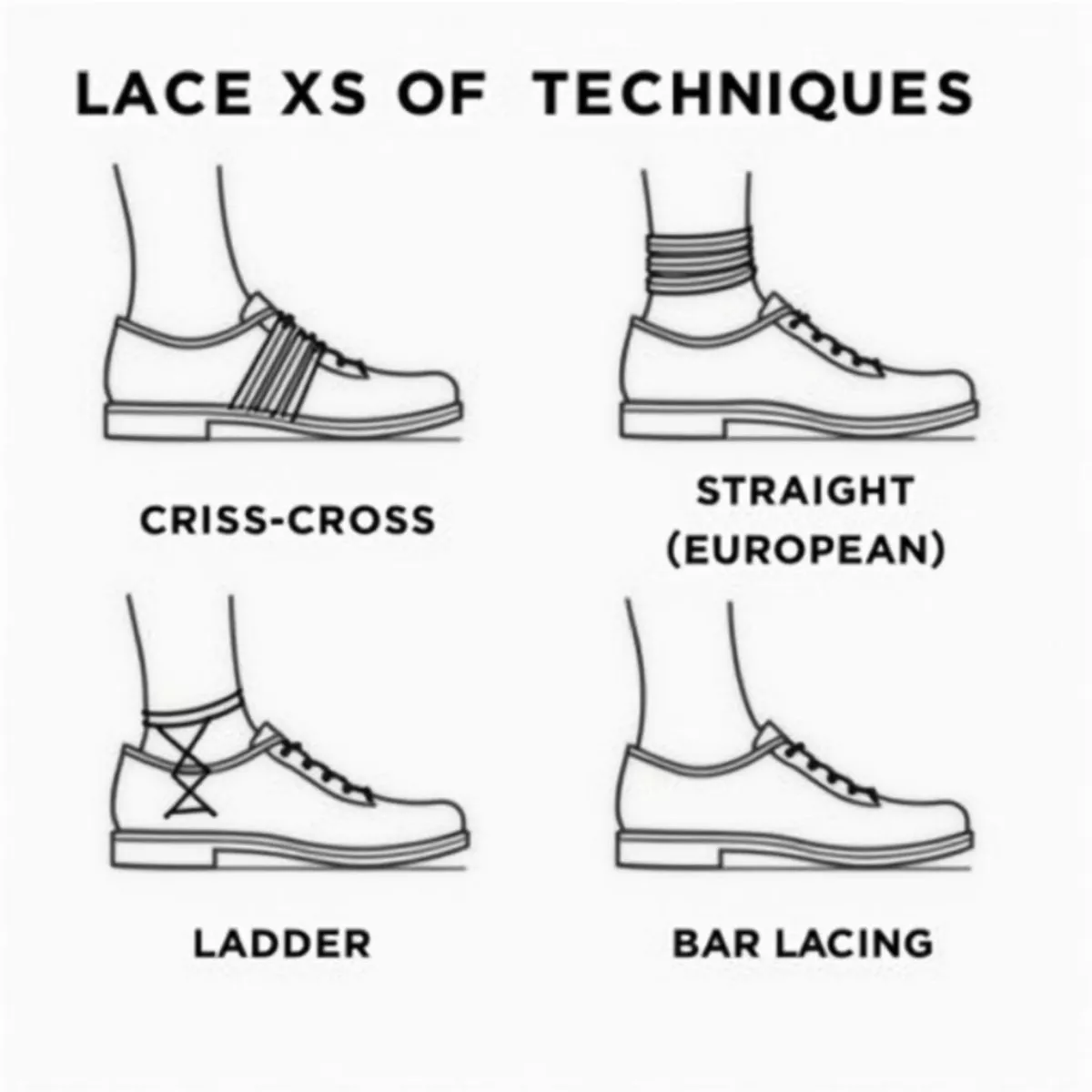 Different Shoe Lacing Techniques
Different Shoe Lacing Techniques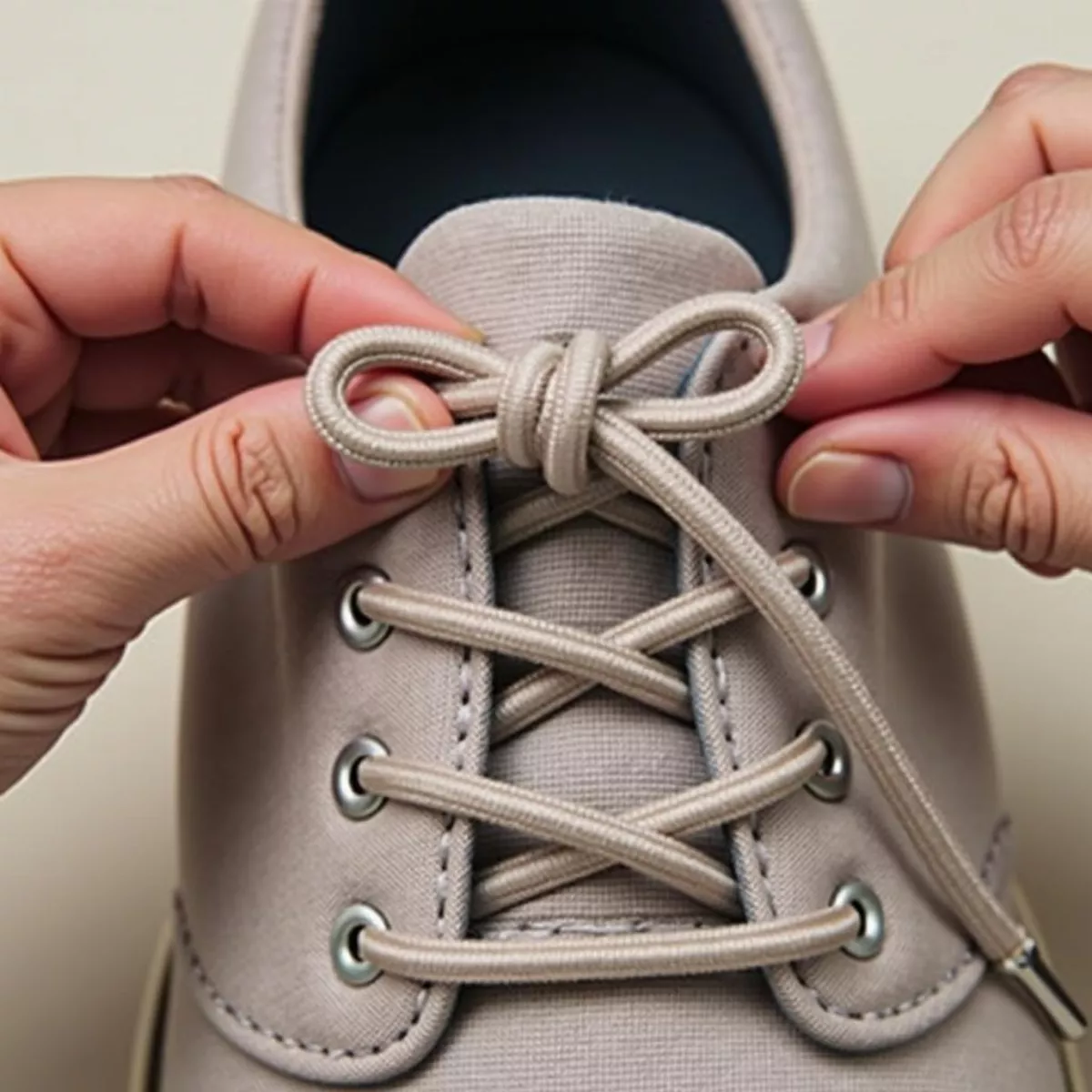 Bow Tie Shoelace Knot
Bow Tie Shoelace Knot
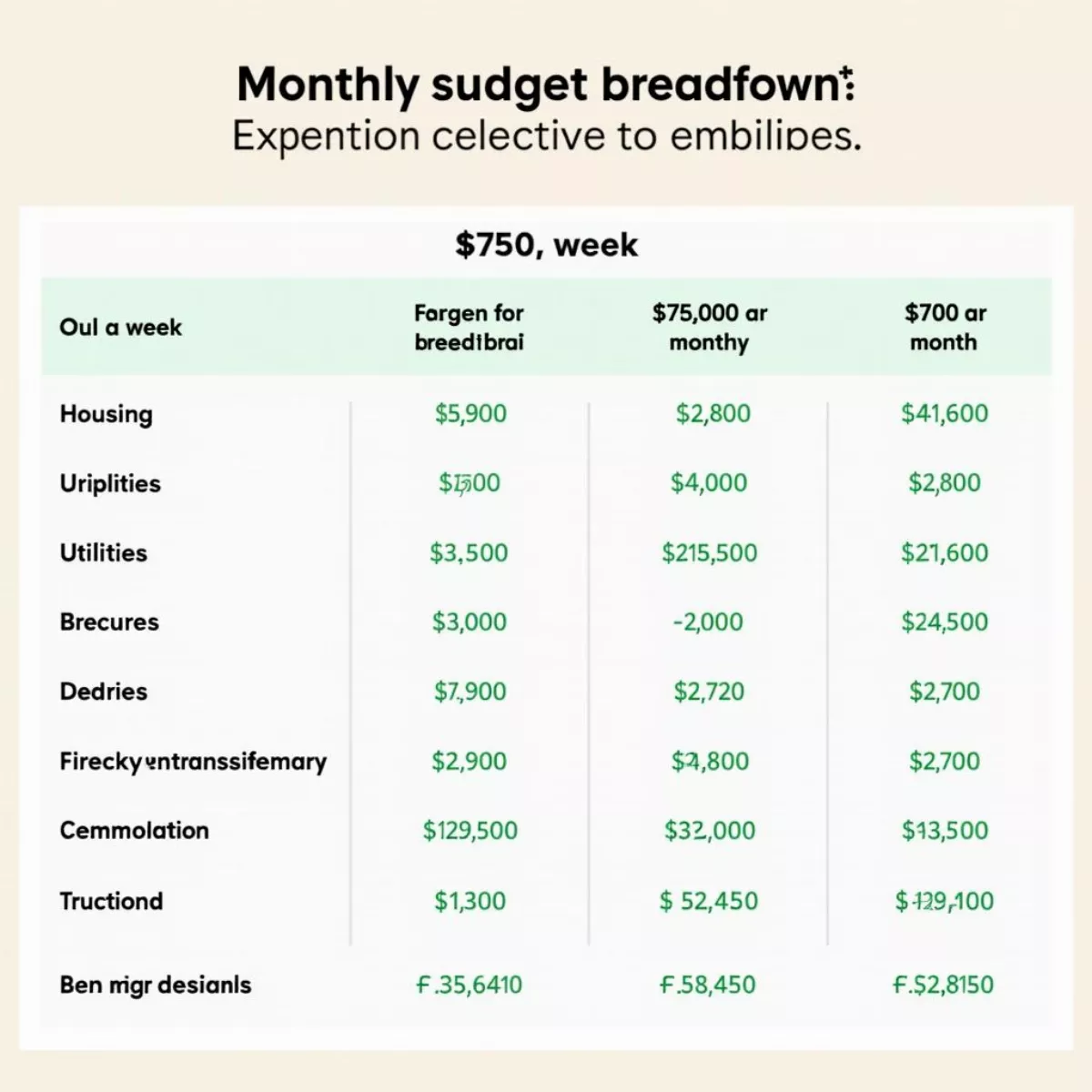 Monthly budget breakdown table
Monthly budget breakdown table Financial planning concept image
Financial planning concept image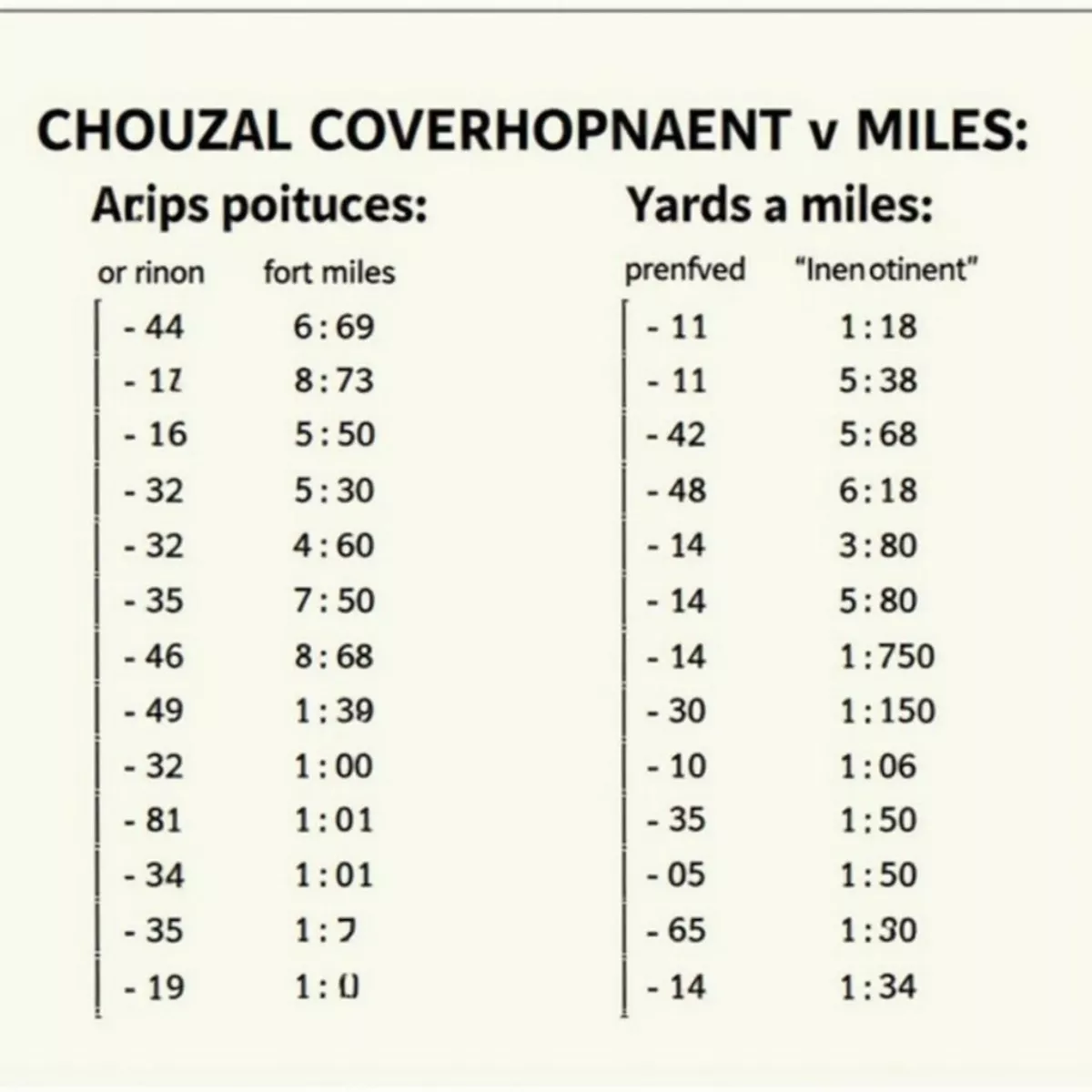
 Football Field Dimensions with Yard Markings
Football Field Dimensions with Yard Markings Measuring Wheel in Use on Track
Measuring Wheel in Use on Track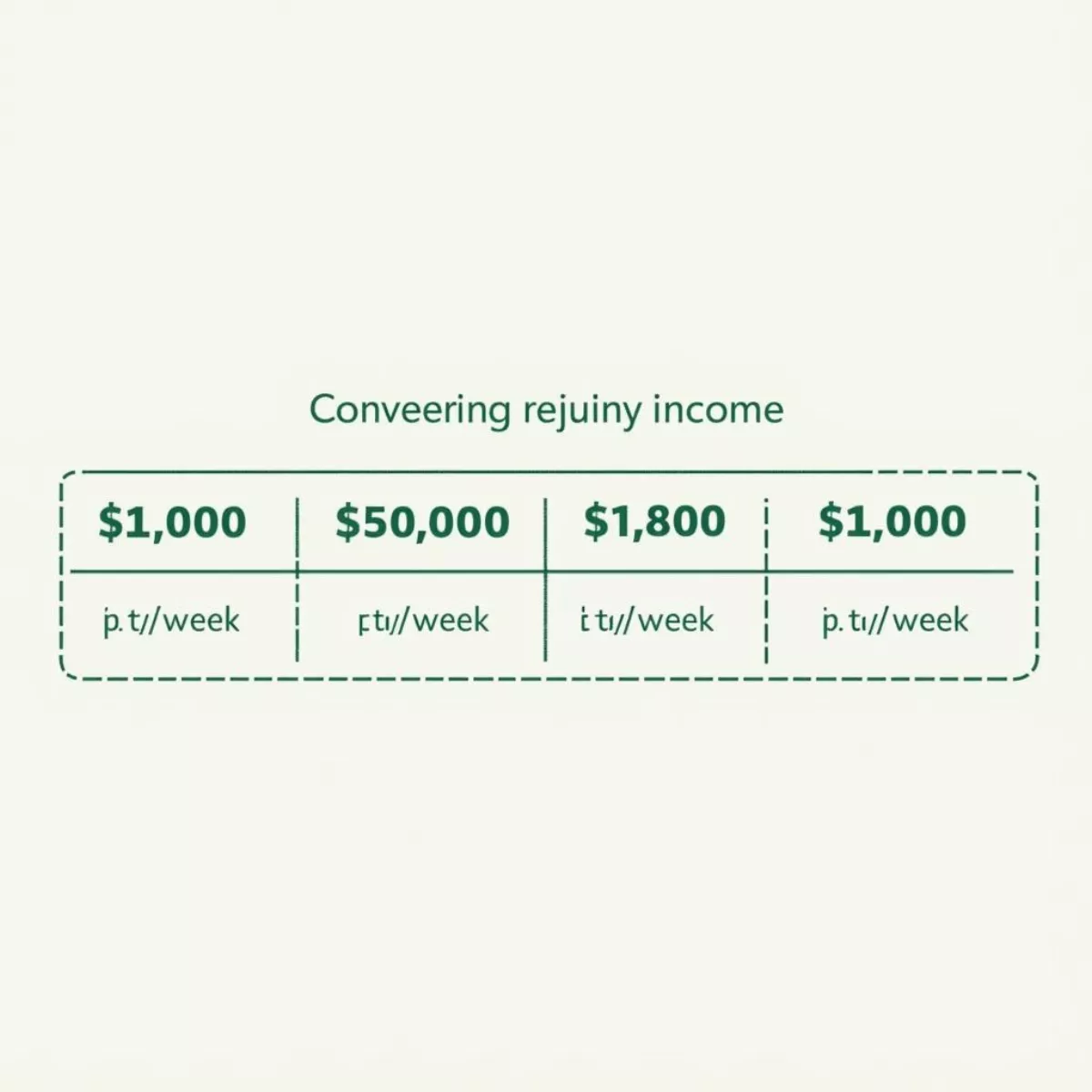
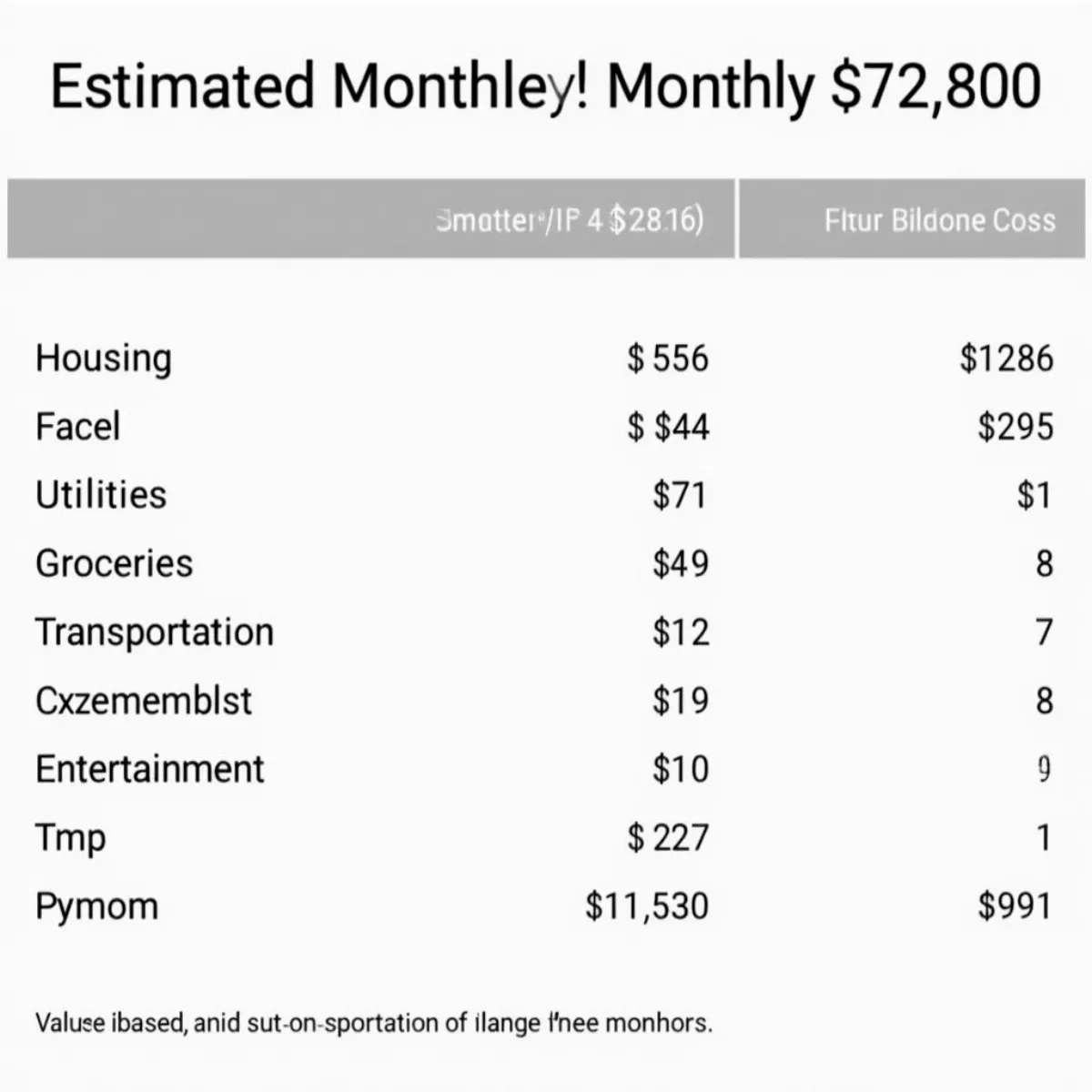 Annual Salary and Lifestyle Choices Table
Annual Salary and Lifestyle Choices Table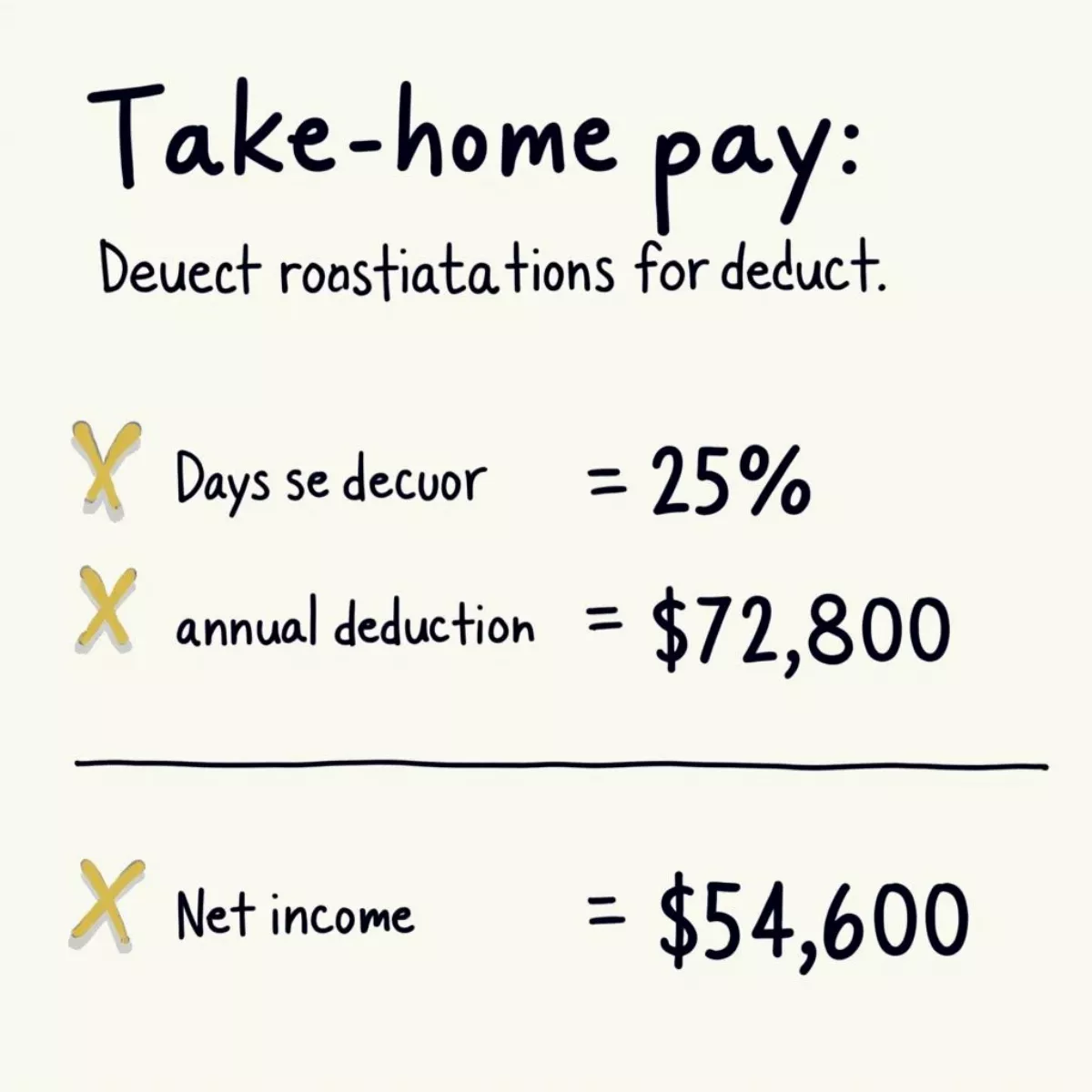 Income Tax Deductions Calculation
Income Tax Deductions Calculation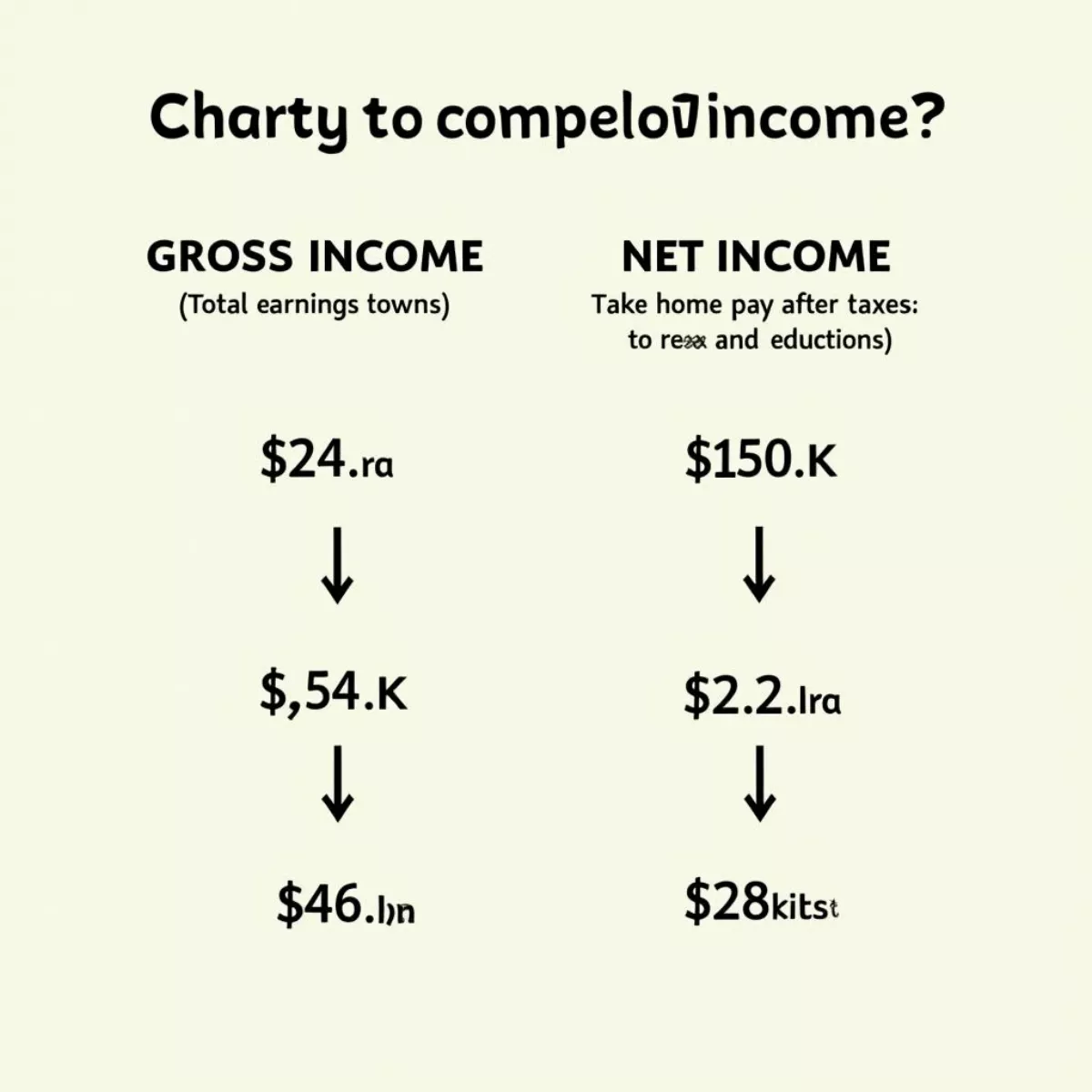 Gross vs. Net Income Comparison
Gross vs. Net Income Comparison